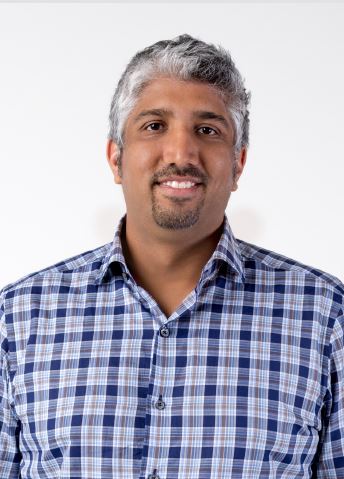Google Drive Developer Sets Sights on Videoconferencing
-
-
slice.mit.edu
Filed Under
Recommended

Shan Sinha '01, MEng '05 aims to make videoconferencing as commonplace as e-mail in business. He has already pulled off a similar feat: he and his team created the technology that later became Google Drive, an online document collaboration tool now used by more than 240 million people.
The dot-com boom interrupted Sinha’s studies at MIT. He dropped out to work at two new companies, one of which he cofounded. “It was a pretty phenomenal time. That’s when I caught the startup bug for sure,” he says.

When the bubble burst, Sinha returned to school, finishing his degrees in computer science and engineering. He then headed west for a job at Microsoft, where he worked on SharePoint, its business-oriented document-sharing product, for three years. He left to cofound Docverse, which created a way to help Microsoft Office work more like Google Docs. Google liked it enough to buy the company in 2010; Sinha stayed on to adapt the product and release it as Google Drive.
At Google, Sinha noticed that everyone was videoconferencing. Each day, the 40,000 employees of Google conducted 20,000 video calls. “There was a time before telephones were commonplace,” he says. “It was the same with e-mail. Now they are ubiquitous tools. We think every company will use video the same way.”
Sinha left Google to cofound Highfive. The startup focuses on the market in between consumer services like Skype, which Sinha says aren’t secure or robust enough for business needs, and the expensive systems that Cisco Systems and others sell to Fortune 500 companies.
Highfive’s customers can, with a swipe on their smartphones, bounce a secure video call to a big screen in a conference room. The company, which raised more than $45 million in capital, began shipping its product in December and already has more than 500 customers.
MIT has had a role in Sinha’s success. His cofounder, Jeremy Roy ’99, roomed with him at the fraternity Chi Phi, and several other alumni are investors and/or employees.
At the Institute, “we learned to work on really hard technical problems and turn them into really easy-touse products,” Sinha says. “I think about all those relationships at MIT, and how 10 to 15 years later they’ve led to us doing something pretty interesting on a whole different scale.”
This article originally appeared in the July/August 2015 issues of MIT Technology Review magazine.







